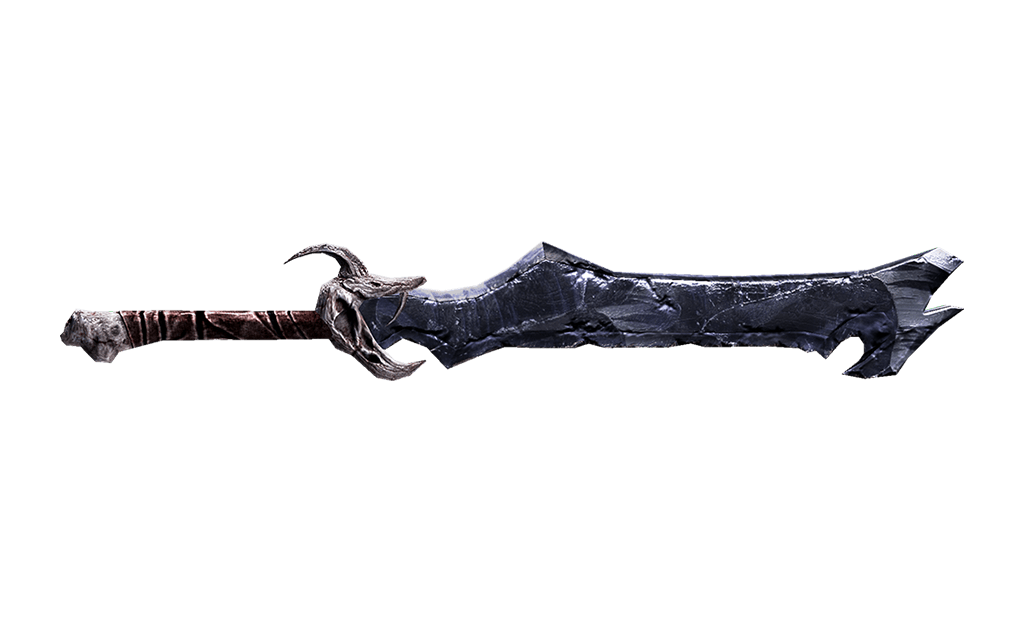

Modern obsidian scalpels look nothing like the decorative flint-knapped knives of Neolithic man, often resembling their modern counterparts in everything except for the blade edge, but Dr. “Under the microscope you could see the obsidian scalpel had divided individual cells in half, and next to it the steel scalpel incision looked like it had been made by a chainsaw.” “It wasn’t hard to tell the difference at all - as soon as he turned around everyone in the studio was like ‘Ohhh’,” Dr. The host of the program was then invited to look at the cuts under a video microscope and tell the difference.
#OBSIDIAN SCALPEL VIDEO SKIN#
Using cultured-skin burn dressing, a substance composed of skin cells, he made an incision with a modern scalpel and a parallel incision with an obsidian scalpel. Green said he once helped documentary makers produce a program on surgical technology in ancient Egyptian, setting up a blind test on the cutting power of obsidian. Obsidian, meanwhile, cleaves into a fine and continuous edge when properly cut.ĭr. He explained that steel scalpels at a microscopic level have a rough cutting edge that tears into tissue, a function of the crystals that make up the metal. “It makes for the best cosmetic outcome.” “The biggest advantage with obsidian is that it is the sharpest edge there is, it causes very little trauma to tissue, it heals faster and more importantly it heals with less scarring,” he said. Lee Green, professor and chair of the Department of Family Medicine at the University of Alberta, says he routinely uses obsidian blades. When you consider that most household razor blades are 300-600 angstroms, obsidian can still cut it with the sharpest materials nano-technology can produce.Įven today, a small number of surgeons are using an ancient technology to carry out fine incisions that they say heal with minimal scarring.ĭr. Obsidian - a type of volcanic glass - can produce cutting edges many times finer than even the best steel scalpels.Īt 30 angstroms - a unit of measurement equal to one hundred millionth of a centimeter - an obsidian scalpel can rival diamond in the fineness of its edge. It could even have been a form of emergency surgery for battle wounds.īut while there is still conjecture about the real reasons behind the mysterious procedure, what is known is that the implement often used to carry out the primitive surgery was made from one of the sharpest substances found in nature - obsidian. In Neolithic times trepanation - or drilling a hole into the skull - was thought to be a cure for everything from epilepsy to migraines. Ever had a headache so big, you felt like drilling a hole in your head to let the pain out?


 0 kommentar(er)
0 kommentar(er)
